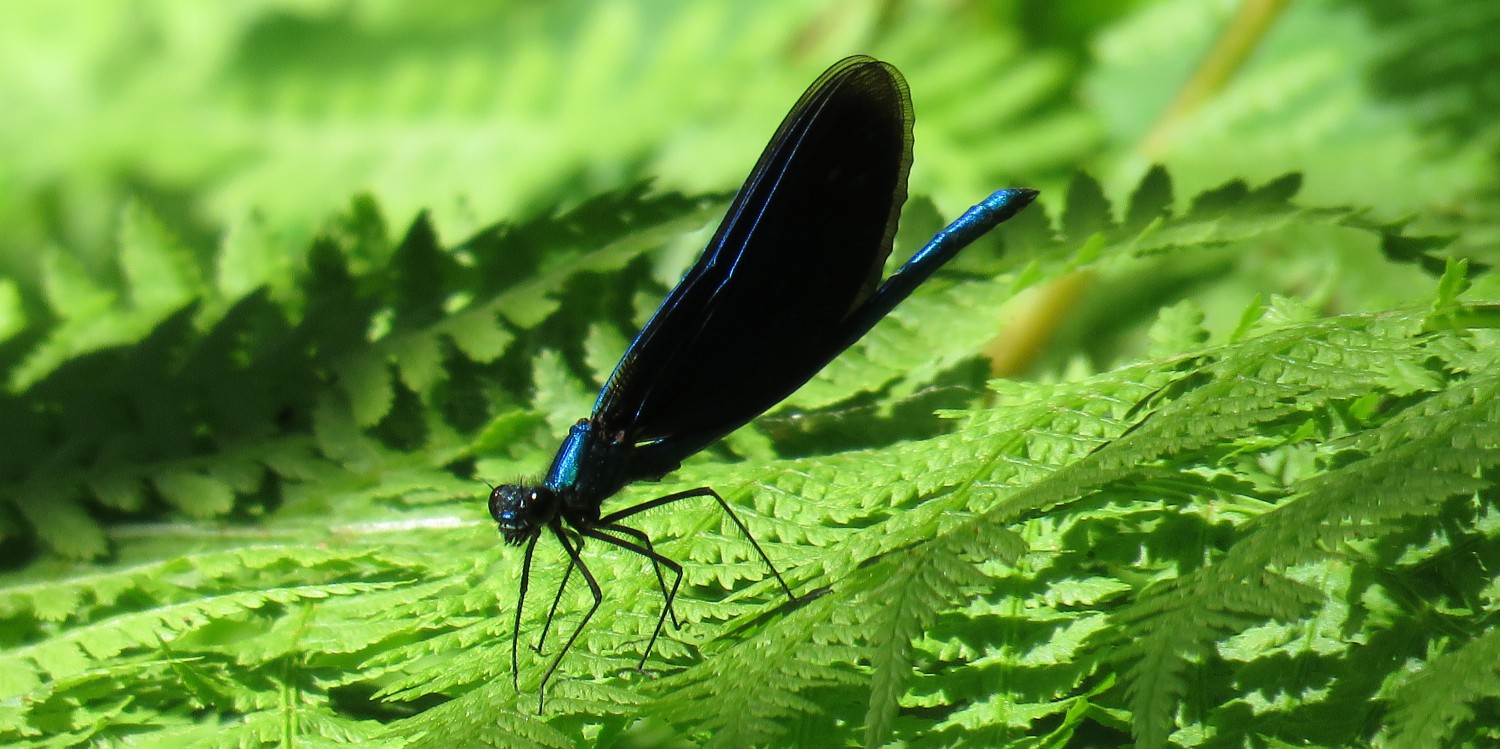Större Hackspett & Spillkråka / Woodpecker and Black Woodpecker
Hur ofta har man en sådan tur att två olika sorters hackspettar sätter sig i samma träd. Det var långt avstånd att fota på fram till fåglarna i trädet, men de syns ändå bra.
How often have such luck that two different kinds of woodpeckers sit in the same tree. It was a long distance to take pictures in front of the birds in the tree, but is nonetheless good.
Större hackspett 23 cm. Våran vanligaste hackspett. Har en iögonfallande vit fläck på var vinge. Hannen har svart hjässa med röd nacke, honan saknar röd nackfläck och ungfåglarna har röd hjässa. Samtliga har röda undre stjärttäckare.
Den mest spridda av våra hackspettar. Förekommer allmänt i hela landet norrut till Lycksele Lappmark och södra Norrbotten. Längre norrut blir den mer sällsynt och saknas helt som häckfågel i fjällbjörkskogen.
Främst insekter, larver och andra smådjur som den hittar i trädstammarnas barkspringor eller under barken på döda och sjuka träd. På vintern lever den framför allt av barrträdens frön. Boet hackas oftast ut i ett lövträd. Ibland börjar hanen på flera hål samtidigt innan han fullföljer ett av dem till ett färdigt bohål. Det händer ibland att den större hackspetten använder samma boträd år efter år, men hackar då upp nya bohål intill de gamla.
Tidigt på våren börjar hackspettarnas trumvirvlar att höras och hanen börjar då sin uppvaktning av honan. Kullen består av fyra till sju ägg, ibland åtta. Båda könen ruvar, hanen mest om natten. Efter 15 dagar kläcks äggen och ungarna stannar i boet under ca. 20 till 24 dagar.
Woodpecker 23 cm. Our most common woodpecker. Have a conspicuous white patch on each wing. The male has a black head with a red neck, the female lacks red neck patch and the young birds have red head. Each has a red bottom tail coverts.
The most widespread of our woodpeckers. Occurs widely throughout the country north to Lycksele Lapland and southern Norrbotten. Further north it becomes more rare and absent as a breeding bird in the birch forest.
Mostly insects, larvae and other small animals it finds in the tree trunks bark crevices or under the bark of dead and diseased trees. In winter, it lives mainly of coniferous tree seeds. The nest is usually chopped into a hardwood. Sometimes the male begins on several holes at the same time before he fulfills one of them into a finished nesting holes. It sometimes happens that the greater woodpecker uses the same nest tree year after year, but then chop up new nesting holes next to the old.
Early in the spring begins Woodpecker drum rolls to be heard and the male then begins his courtship of the female. The litter consists of four to seven eggs, sometimes eight. Both sexes incubate, the male most of the night. After 15 days, the eggs hatch and the young stay in the nest for about 20 to 24 days.
Spillkråka 46 cm. Områdets största hackspett. Helsvart med endast rött på huvudet. Honan bara röd i nacken. Häckar i hela landet med undantag för fjällen med omgivande björkskogsregioner. Lever till stor del på myror, men även andra insekter och skalbaggar. Spillkråkan har fått sitt svenska namn av att hon spiller träspån omkring sig när hon hackar ut sitt bo ur en trädstam.
På relativt hög höjd, mellan fem till tio meter, hackar spillkråkan ut sitt bohål. Ingångsöppningen är oval och bokammaren ofta över en halv meter, ibland upp till en meter djup. Arbetet med att hacka ut barnkammaren kan ta upp till en månad, och båda föräldrarna hjälps åt. Kullen består av tre till sex ägg som läggs i slutet av april eller början av maj. De ruvas av båda föräldrarna och efter endast tolv till fjorton dagar kläcks äggen.
Black Woodpecker 46 cm. The area’s largest woodpecker. All black with only red on the head. The female only red in the neck. Breeds in the entire country with the exception of the mountains and the surrounding birch forest regions. Liver largely to ants, but other insects and beetles. Woodpecker got its Swedish name of her spilling wood shavings around her when she hacking out a nest out of a tree trunk.
At relatively high altitude, between five to ten meters, woodpecker hacking out their burrows. Input opening is oval and stay chamber often a half meters, sometimes up to one meter deep. Efforts to hack out the nursery can take up to a month, and both parents are committed. The litter consists of three to six eggs laid in late April or early May. They incubated by both parents, and after only twelve to fourteen days, the eggs hatch.
Källa/source: fageln.se







